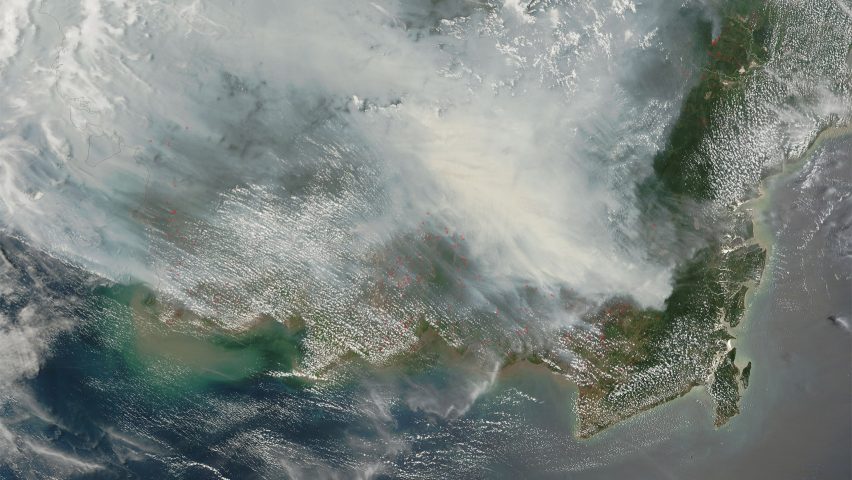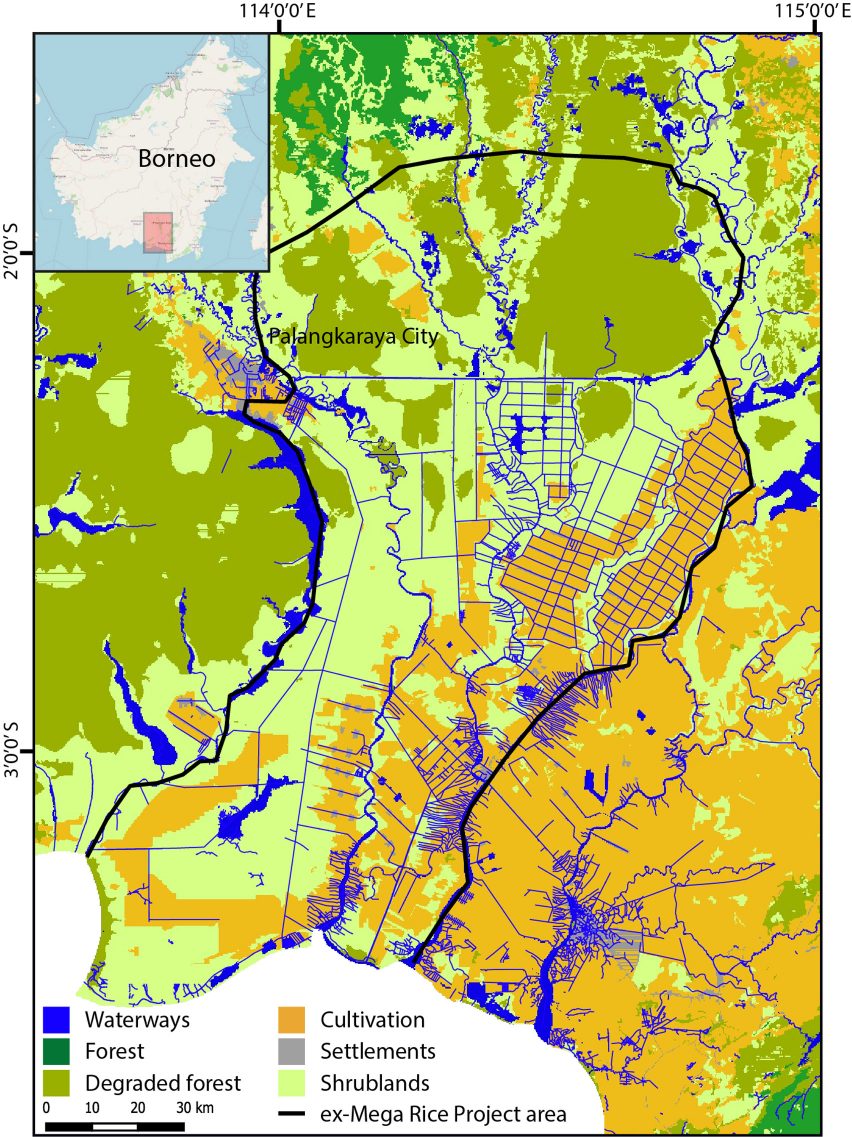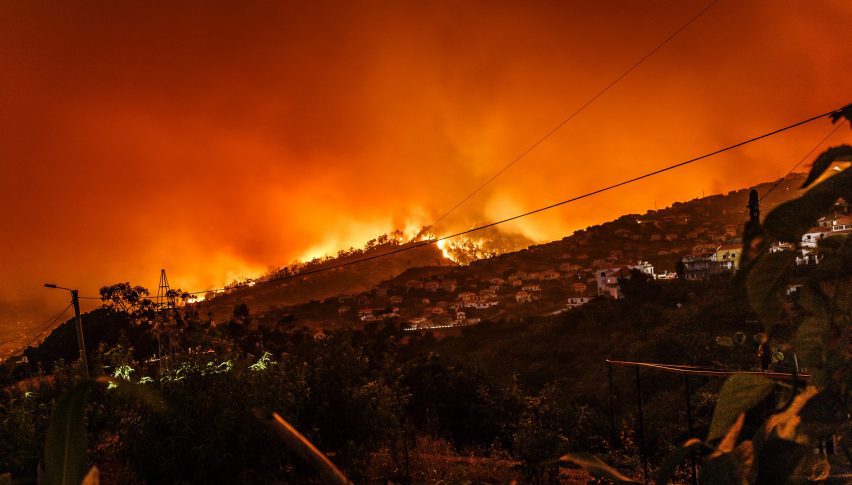
AI model by Aalto University team can predict how to prevent wildfires
Researchers at Aalto University have developed an AI model that can predict the best way to prevent wildfires.
Named FireCNN after its use of a convolutional neural network (CNN), the model is based on data about climate and historic fires in the peatlands of Indonesia's Central Kalimantan province on Borneo.
The team behind the four-year project claim that it could be used to help prevent up to 76 per cent of wildfires. Machine learning enables FireCNN to make complex predictions about how effective different interventions could be at preventing or mitigating future wildfires.

Local policymakers can therefore use the model to form better strategies for reducing the impact of fires, which are growing in frequency and ferocity around the world as a result of climate change.
"We are able to change some of the parameters for forest-management practices in the input and then run the scenario, and we got a really good match between the observed and simulated occurrence of wildfires," Aalto University associate professor Matti Kummu told Dezeen.
"So we were able to show that, okay, these and these strategies would have considerable impact to reduce the wildfires," he added.
"Over the last two or three years there have been really massive fires, so there is a lot of interest in really understanding how we could in future adapt to and mitigate these disasters."
Using FireCNN to assess the effect of different strategies for reducing fire risk in Central Kalimantan, the research team identified interventions that would cut the number of fires by 50 to 76 per cent.
Central Kalimantan has the highest density of peatland fires in Southest Asia, made worse by draining of the land to support agriculture and housebuilding.
Model could be applied to different regions
Until now, it has not been possible to identify interventions that would be most effective at reducing the risks. Tests run by FireCNN on the effect of different land-management strategies found that converting shrubland and scrubland into swamp forests would have the biggest effect.
Blocking off drainage canals would also be effective, the simulations found, but would come with a cost to the local economy. Increasing the number of plantations would also reduce the number of fires, but have a significant environmental impact.
The model helps to identify the factors that best explain where wildfires occur, though Kummu said it is not yet good enough at forecasting when and where they will next strike to be used as an early warning system.
Ninety-five per cent of the fires it predicted in a season did occur, but it also missed many others. Instead, the researchers say it can help reduce the number and size of wildfires in highly susceptible areas.

Kummu's hope is that FireCNN can next be tested in a different type of fire region such as the Mediterranean, which has experienced severe blazes this summer.
"It would be interesting to see how well we can train the model in different areas," he said.
"We found the key parameters that explain the higher occurrence of fires in Borneo, but that maybe totally different in the Mediterranean."
Only artificial intelligence (AI) is good enough at making predictions to be used for something as complex as predicting wildfires, Kummu explained.
Based on its learning from data recorded between 2002 and 2019, FireCNN analyses 31 variables on factors such as land cover, vegetation and drought.
"Some of the things that we are modelling are so complex that we couldn't build a normal mathematical model to try to understand all the linkages and how this affects the equation," Kummu said.
"So in that sense AI and machine-learning algorithms are perfect for what we are doing, because there are so many issues impacting on the things and no-one really knows all the mechanisms."
Dezeen's AItopia series has also featured stories about projects to develop new sustainable materials and furniture designs using AI.

AItopia
This article is part of Dezeen's AItopia series, which explores the impact of artificial intelligence (AI) on design, architecture and humanity, both now and in the future.